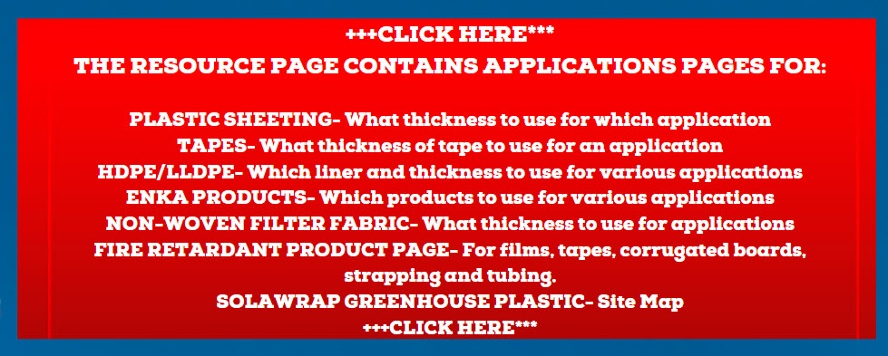HDPE is a very impressive polyethylene film. The following can be seen as the advantages or disadvantages. Here is the "con" perspective:
The Cons of Utilizing HDPE:
It is high flammability, sensitivity to stress cracking, inability to be biodegradable, inability to be composted, lack of resistance to oxidizing acids, lack of resistance to chlorinated hydrocarbons, and its high thermal expansion.
The advantages of using HDPE are as follows:
HDPE has many advantages, such as being cost-effective, able to withstand temperatures ranging from -148 to 176 degrees Fahrenheit, non-leaching, UV-resistant, dishwasher safe, resistant to most chemical solvents, and a stiff material.
Common Uses of High Density Polyethylene of HDPE
High-density polyethylene or HDPE is a commonly used petroleum thermoplastic and the most used of the three polyethylenes for a wide range of applications. If you look at this plastic under a microscope, you would see that it has a linear structure with few branches lending to its optimal strength/density ratio. As a result of its molecular makeup, this polymer shines brightest in applications where moisture resistance and cost-effectiveness are needed.
HDPE was created in the 1930s. It was introduced to the market commercially soon after. While its higher density versions yield a more rigid result, HDPE can vary in flexibility. Low-density grades of the thermoplastic are less stiff and the high-density grades have equally high crystallinity. HDPE is a versatile thermoplastic that is widely used in a variety of applications. It is known for its durability, cost-effectiveness, and moisture resistance due to its linear structure with few branches. It was first introduced commercially in the 1930s, following its use in high-frequency radar cables during World War II. HDPE can vary in flexibility, with low-density grades being less stiff and high-density grades exhibiting high crystallinity.

Uses for HDPE:
HDPE (High Density Polyethylene) has a variety of common uses. Water bottles are a common introduction to the durable plastic, as its blow-molding properties make it perfect for food and beverage containers. Not only is it recyclable, but it is also UV-resistant, making it ideal for toys. HDPE is also great for chemical containers, such as laundry, shampoo, conditioner, motor oil, antifreeze, and recycling bins. For piping and outdoor applications, HDPE pipe grade sheet is used due to its increased molecular weight and UV-resistance, as well as its ability to withstand temperatures from -220 to 180 degrees Fahrenheit. This makes it ideal for many industrial applications.
Is HDPE a Good Plastic?
HDPE plastic is considered to be one of the most environmentally sound plastics available. It doesn't release any harmful fumes into the environment, and requires much less energy to produce than other materials such as steel from iron ore. Therefore, it is considered an Eco-friendly choice for many applications.
Is HDPE the Same as Plastic?
HDPE is a durable and strong plastic material, often utilized to create containers such as milk and water jugs. Its strength is such that a 60g jug can hold a full gallon of liquid without becoming distorted in shape. HDPE is distinct from other plastics and has many unique benefits.
What material is HDPE?
HDPE stands for High Density Polyethylene, which is a type of thermoplastic made from a string of ethylene molecules. It is known for its light weight and strength, and is commonly referred to as HDPE sheet plastic.
Is HDPE as strong as steel?
One may ask if HDPE is as strong as steel, to which the answer is no. While HDPE has an impressive ultimate tensile strength of 4,600 psi, Grade 304 stainless steel has an ultimate tensile strength of 73,200 psi. As such, steel is significantly stronger than HDPE when it comes to resistance to impacts and heavy loads.
How long will HDPE last?
The typical benchmark for HDPE life expectancy is 50 years; however, per the Plastics Pipe Institute, HDPE pipe used in municipal potable water systems can have a lifespan of over 100 years.
Do you want to learn more?











